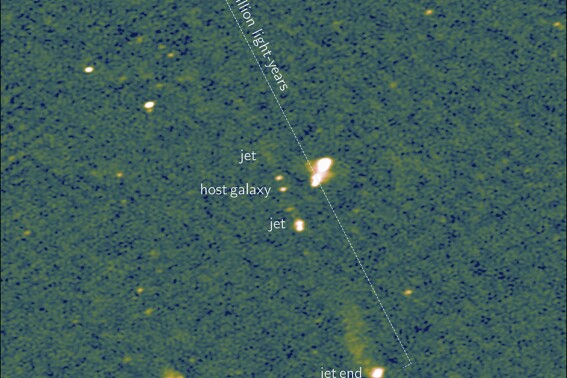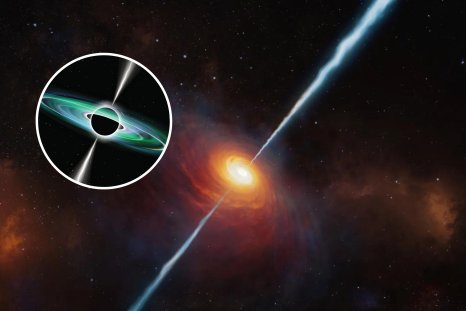A rare astronomical event lit up the skies across the globe on Tuesday night—the second supermoon in a series of four this year was joined by a partial lunar eclipse.
Supermoons occur when the moon reaches the closest point to Earth on its orbit, making our planet's largest satellite appear brighter and bigger than usual. Meanwhile, partial lunar eclipses happen when part of the moon dips into the Earth's shadow, seemingly taking a chunk out of it like a bite out of an apple.
Sadly, though, the weather doesn't always play ball for ground-based stargazers. So, in case clouds were blocking your view of the event, or if you just want to catch some of the highlights, here are some of the best images of the Harvest supermoon.
"Supermoon" isn't a scientific term; it was coined by astrologer Richard Nolle in 1979 to describe a special type of full moon. The moon's orbit is slightly elliptical, so supermoons happen when a full moon coincides with the its closest point to Earth, or perigee, about 226,000 miles away.
At its farthest point, or apogee, the moon is roughly 253,000 miles from Earth.
Thanks to an optical illusion, the supermoon appeared most impressive when it rose and set as it was closer to the horizon.
"During the twilight, the residual solar light scattered all around by our atmosphere allows us to admire the scenery, while the full moon rises or sets," Gianluca Masi, an astronomer from the Virtual Telescope Project, previously told Newsweek.
"Furthermore, at its rise and set, the moon appears behind monuments and elements of the landscape, generating the feeling that its disk is larger than usual. But this is just an optical illusion resulting from the presence of those terrestrial elements in the line of sight that our brain uses for comparison."
In New York, the moon reached its fullest point at 10:34 p.m. EDT, but it rose above the horizon around 7 p.m. The partial lunar eclipse began at around 8:41 p.m. and concluded at 12:47 a.m.
In the image below, you can see the Harvest Supermoon in all its glory, rising behind the Empire State Building.
The name "harvest moon" refers not to the moon's pumpkin-like appearance, but to its timing at the start of autumn. Before electricity, farmers in the Northern Hemisphere used the bright light of the full moon to harvest crops late into the night.
Other full moons throughout the year also have seasonal names, like January's wolf moon, March's worm moon, and August's sturgeon moon.
As for the partial lunar eclipse, it happened when the Earth moved between the sun and the moon, though the alignment wasn't perfect. This caused only part of the moon to pass into Earth's shadow, known as the umbra, leaving a portion of the satellite darkened while the rest remained lit by sunlight.
"This year's September full moon will just pass through the shadow of the Earth, resulting in a partial eclipse that will be visible from the U.K. and Europe, Africa and across the Americas," Darren Baskill, a physics and astronomy lecturer at the University of Sussex, U.K., previously told Newsweek.
"Only 10 percent of the moon will pass through the dark umbral shadow of the Earth, however, and so during the middle of the eclipse we will see just a small bite missing from the moon as it hides in the shadow of the Earth."
If you missed the harvest supermoon, there's no need to be down—another two are set to grace the skies in the next two months.
The next one will be on October 17, when the moon reaches a distance of 222,055 miles from Earth, according to EarthSky. This will be the closest the moon gets in the series of four supermoons, making it the largest.
The October supermoon is known as the hunter's moon, supposedly named as a reminder that ancient peoples should go hunting to prepare for the cold winter months that are about to start.
Following that, on November 15, the moon will be 224,853 miles away when it becomes full—close enough to be yet another supermoon.
Do you have a tip on a science story that Newsweek should be covering? Do you have a question about supermoons? Let us know via science@newsweek.com.
Disclaimer: The copyright of this article belongs to the original author. Reposting this article is solely for the purpose of information dissemination and does not constitute any investment advice. If there is any infringement, please contact us immediately. We will make corrections or deletions as necessary. Thank you.



